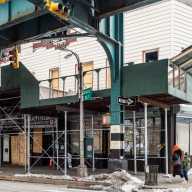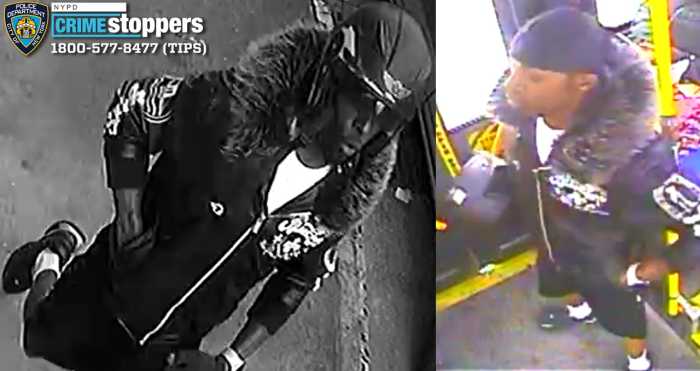If all goes according to plan, a farmers market will sprout in Douglaston in front of the Long Island Rail Road station in July becoming a branch of the nonprofit organization GrowNYC.
GrowNYC has opened markets like the one in Union Square. It would be open Sunday mornings until September.
Douglas Montgomery, vice president of the Douglaston Garden Club, approached GrowNYC with the idea two years ago. In his position, he and the group aim to beautify and maintain the Douglaston neighborhood. Montgomery is also the owner and broker at Home NY, a real estate firm with listings in Douglaston.
The plan still has to be approved by Community Board 11, then by city’s Street Activities Permit Office. A successful bid would give GrowNYC the authorization to create the market.
In terms of cost, he noted that it would have “regular prices, but extremely fresh [food].”
Jerry Iannece, chair of Community Board 11, stated that most of the community was in favor of the plan, but that there was some opposition.
Ann Jawin, chair of the Doug Bay Civic Association, refused the plan as proposed because of what she believed to be a safety hazard.
“It’s a very, very dangerous corner,” said Jawin. “I am not against the green market. I think it’s a lovely idea.”
She noted that the vendors would block traffic, creating congestion and danger. She suggested that the parking lot across the rail station would be a better location.
Still, Montgomery called it “an absolutely wonderful program.” He added that he has put together a petition, with 700 residents in favor of the market.
Michael Hurwitz, director of the greenmarket program at GrowNYC, saw Douglaston as an ideal spot in a borough with few farmers markets.
He said he realized the potential issues that might arise, but insisted the markets “are good neighbors.” Hurwitz also pointed to the freed up parking spaces by Sunday parking regulations near a local school. Regardless, he said he would “try to mitigate any parking concerns.”
Hurwitz noted that the food comes from farms located within a specific boundary from the city: 250 miles north, 120 miles south and 170 miles both east and west.































